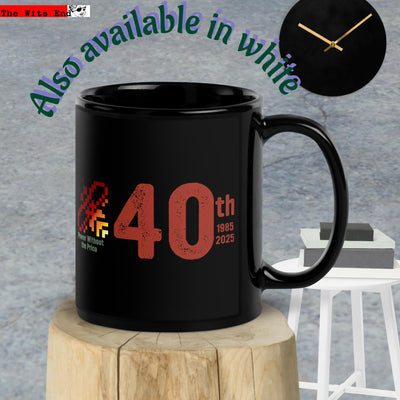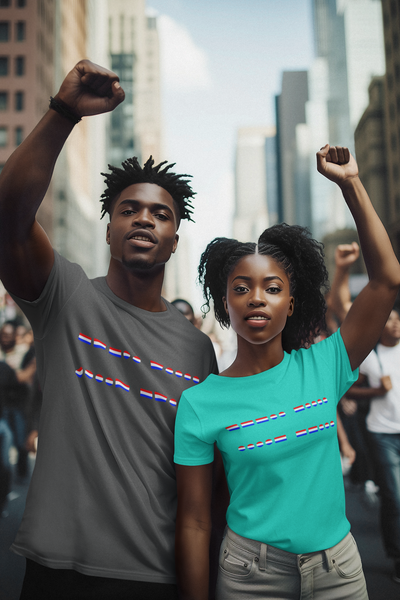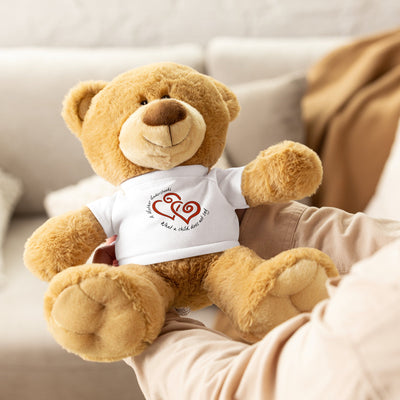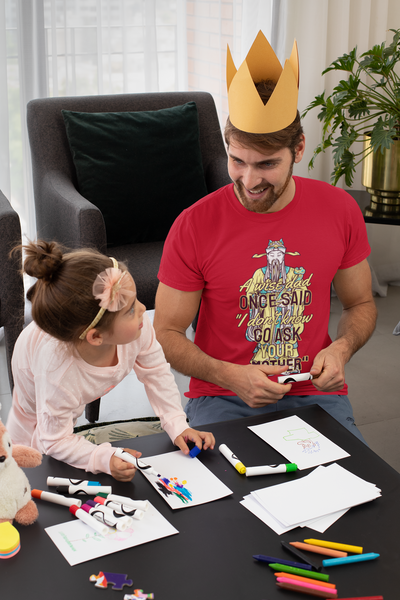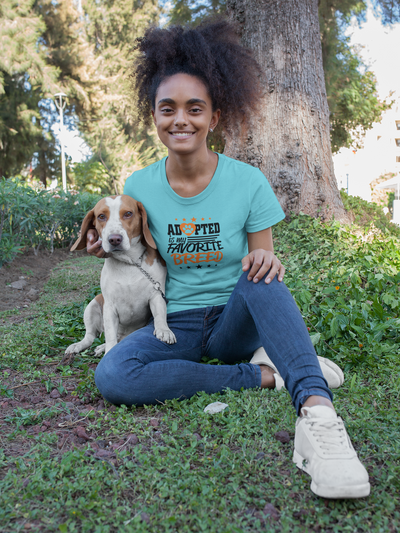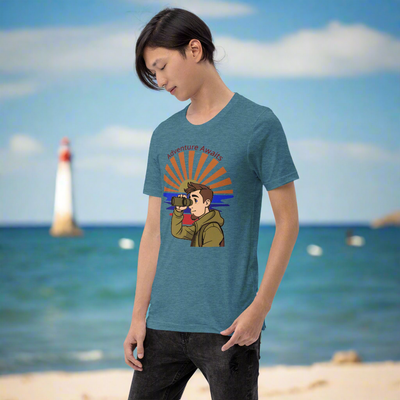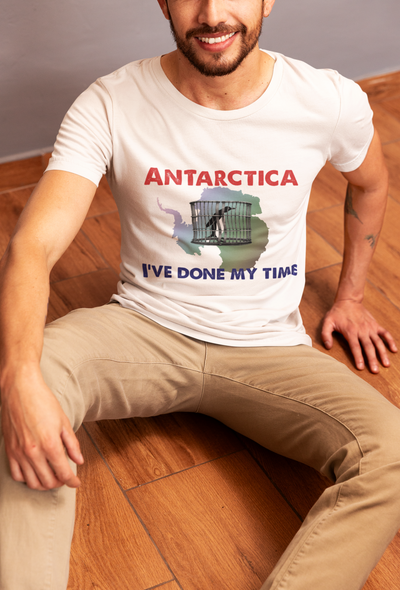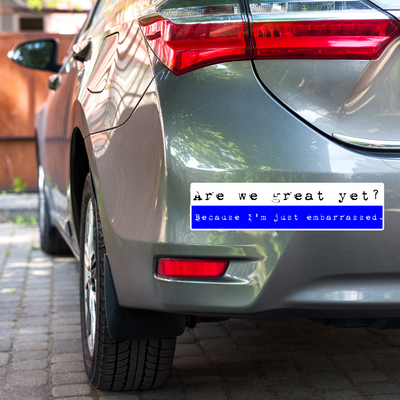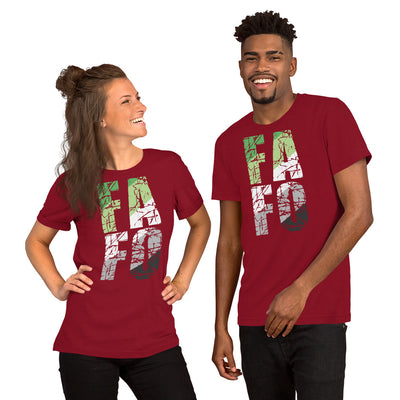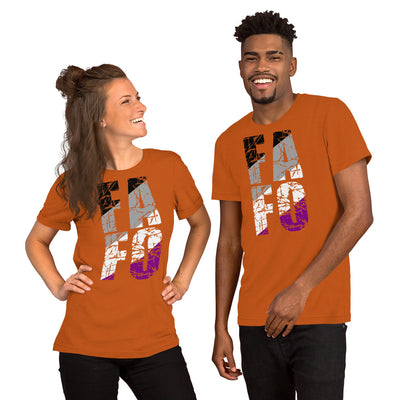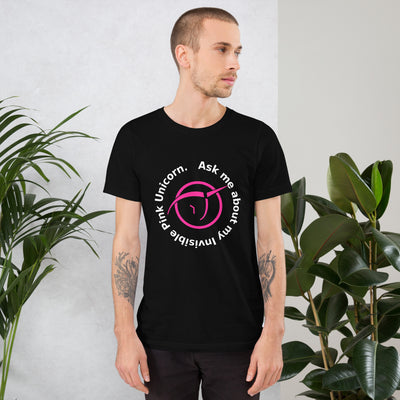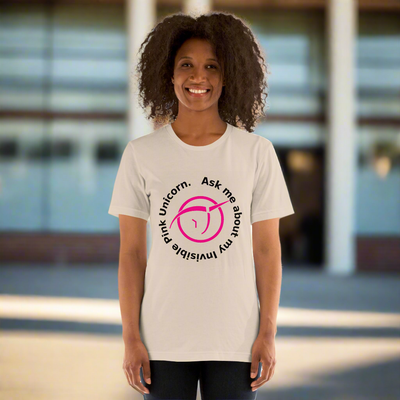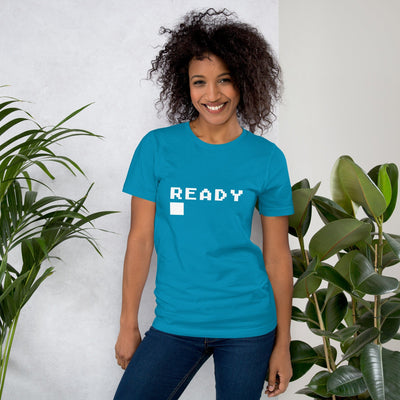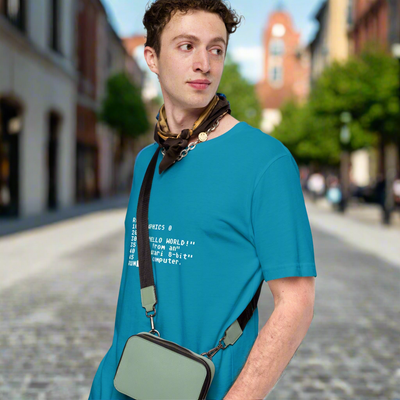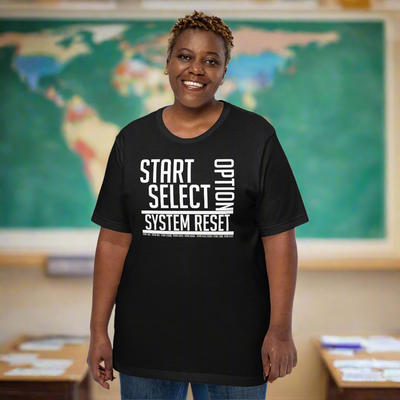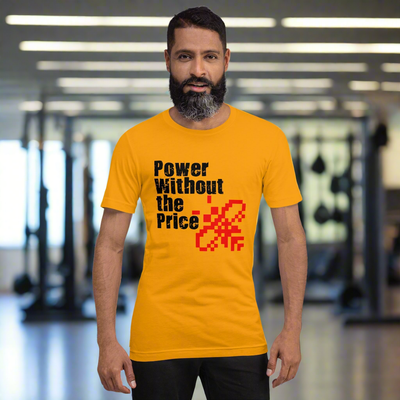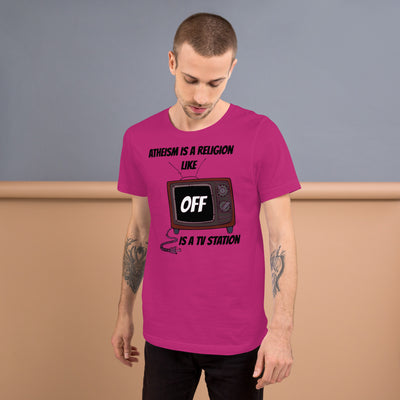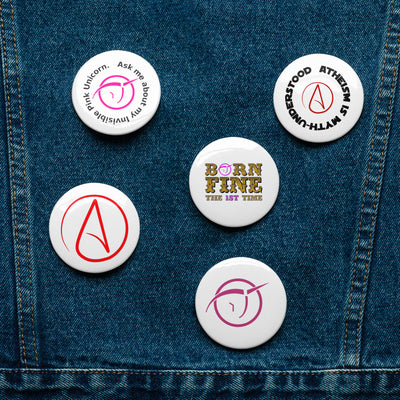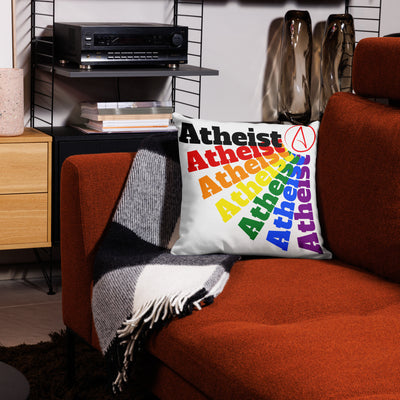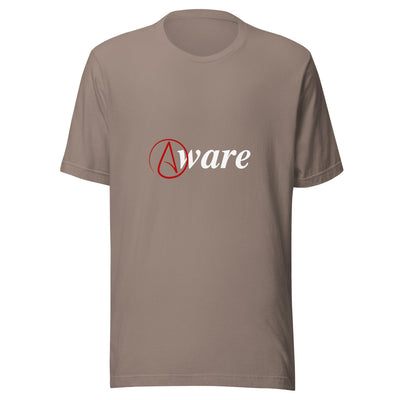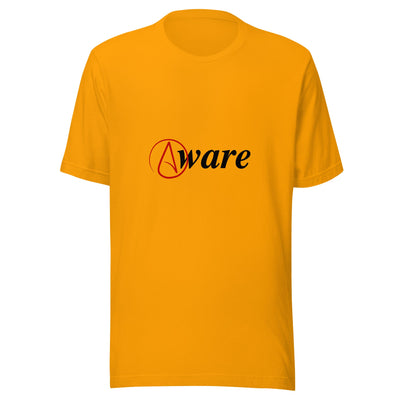Monogram bags are not just a fashion statement; they raise questions about environmental impact too. In this blog, we’ll dive into the materials used, the production processes, and what sustainability looks like in the world of luxury bags. Let’s explore whether these stylish accessories can coexist with our eco-conscious values.
Understanding Monogram Bags
Monogram bags are not just stylish accessories; they often carry a rich cultural significance in the world of fashion. With initials or patterns that speak to one’s identity, these bags have become symbols of personal expression. Over the years, they have evolved from being mere functional items to powerful status symbols.
The allure of monogram bags lies in their uniqueness. Each design reflects the wearer’s personality, allowing individuals to showcase their taste and individuality. This connection to self-expression makes them immensely popular, showing that fashion can go beyond trends.
However, beyond aesthetics, it’s essential to consider their impact on the environment. Understanding the materials and methods that create these bags gives us insight into how they fit into our eco-conscious values.
Materials Used in Monogram Bags
When it comes to monogram bags, the choice of materials plays a significant role in determining their environmental impact. Many luxury brands often use high-quality leather or synthetic alternatives, each with its pros and cons regarding sustainability.
Leather, for example, is durable and can last a long time, but its production is resource-intensive. Deforestation and greenhouse gas emissions are considerable drawbacks. On the other hand, synthetic materials might seem appealing because they can be produced more sustainably, but they often involve plastic, which raises concerns about pollution and landfill waste.
In contrast, eco-friendly alternatives, such as recycled materials or innovative textile blends, are emerging within the industry. These options reduce the carbon footprint and encourage a more sustainable approach to fashion.
Production Process and Its Impact
The production processes behind monogram bags can significantly affect their environmental footprint. Traditional manufacturing methods are often energy-intensive and can lead to considerable waste. Consequently, many brands are rethinking their strategies to incorporate more holistic and eco-friendly practices.
For instance, brands increasingly focus on reducing water usage and opting for sustainable dyes that are less harmful to the environment. By adopting cleaner technologies, the industry can mitigate the adverse effects of production on our planet.
It’s also crucial to consider the entire supply chain. From sourcing raw materials to the final product, every step has the potential to either harm or help the environment. Transparency in these processes enables consumers to make informed choices.
Sustainable Practices by Brands
Some brands have taken significant strides to ensure that their monogram bags are produced responsibly. They implement practices such as sourcing recycled materials, utilizing renewable energy, and supporting local artisans. This not only reduces environmental impact but also promotes local economies.
One noteworthy example is a luxury brand that has committed to reducing its carbon emissions by 50% by 2030. Such initiatives reflect a growing awareness of the necessity for sustainability in the fashion industry.
Moreover, many of these brands focus on sustainability certifications, which provide a framework for operating within eco-friendly standards. Shoppers today can seek out brands that not only create beautiful products but also show a commitment to planetary health.
Consumer Choices for Eco-Friendly Monogram Bags
As consumers, we hold significant power in encouraging brands to embrace sustainability. By choosing monogram bags from brands with eco-friendly practices, we contribute to a growing demand for responsible fashion.
It’s essential to educate ourselves about which materials are best for the environment. Opting for bags made from recycled materials or those produced under fair labor conditions can make a difference.
Another tip is to look for brands that promote longevity in their products. Investing in a well-crafted monogram bag that’s designed to last not only benefits your wardrobe but also reduces the need for frequent replacements, further aiding in waste reduction.
Lastly, consider second-hand options. Vintage monogram bags not only add unique charm but also support sustainable shopping practices by giving new life to existing products.
Final Thoughts on Monogram Bags and Sustainability
While monogram bags offer certain sustainable practices, it varies widely by brand and production methods. It’s essential to research the practices of individual companies before making a purchase, as some prioritize eco-friendliness more than others. By making informed choices, we can enjoy our favorite styles while still supporting environmental responsibility.





















